Ho Chi Minh City has a system of rivers and canals connecting many southern provinces and cities and between districts in the city. This is a great potential for inland waterway transport, contributing to reducing pressure on road traffic, creating a unique feature on the city's docks and boats, promoting socio-economic development.
Realizing this potential, Ho Chi Minh City has opened many effective river bus routes such as Bach Dang (District 1) - Linh Dong (Thu Duc City); Bach Dang - Phu My Hung (Cu Chi)...
However, practical surveys show that there are still many rivers and canals with few ships and boats passing through. For example, the Vam Thuat River connecting Go Vap District with many districts of the city has very few ships and boats passing through.
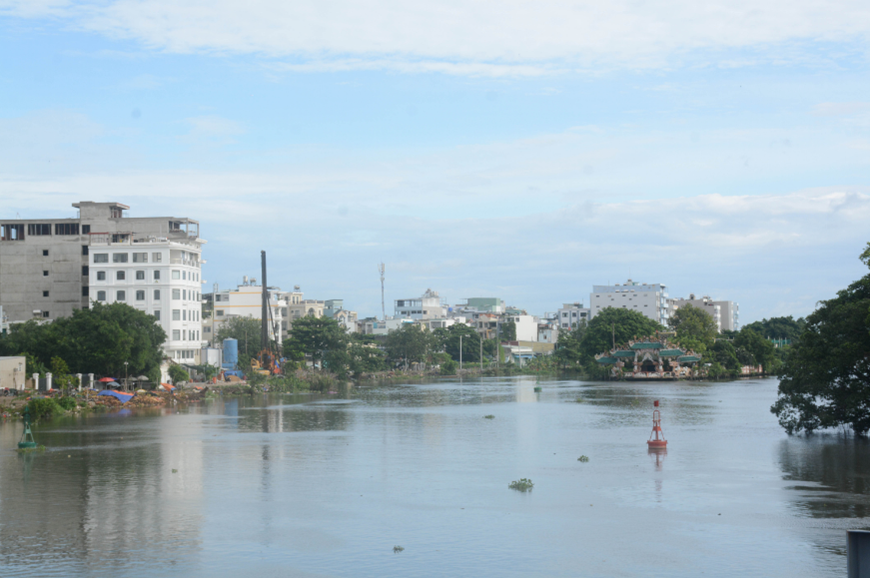 |
| Vam Thuat River, Ho Chi Minh City is always empty of ships and boats. |
Mr. Nguyen Van Bay, a boat owner living in Go Vap district, said: “The reason is that the river has a lot of waste and water hyacinth floating around, causing environmental pollution, so it is very difficult for boats and ships to travel. In addition, there are few wharves connecting to road traffic, so transporting passengers and goods is not convenient.”
The city has identified the implementation of Resolution 98 on piloting a number of specific mechanisms and policies for the development of Ho Chi Minh City as an opportunity and condition for the city to develop inland waterway transport, not leaving the rivers without boats. This is also a major issue that requires a lot of funding and affects many economic sectors and people's lives. Therefore, the city organizes research and implements appropriate steps and roadmaps.
First of all, Ho Chi Minh City focuses on reviewing, developing specific plans, building mechanisms and policies to attract investment in order to select and build key river and canal routes in the city center; ensuring synchronization between maritime routes and inland waterways. The city is interested in tax incentives, technology and human resources support, and ensuring site clearance, creating breakthroughs, spreading power, and developing inland waterway transport. The city's functional branches proactively assess the current status of infrastructure works, ports, and inland waterway wharves, especially those that are not yet convenient.
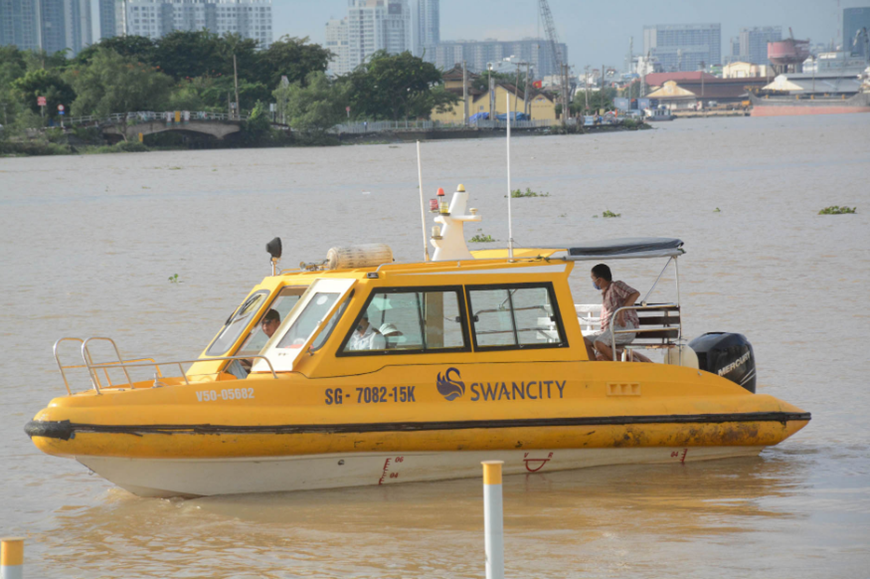 |
| Bach Dang Wharf (District 1, Ho Chi Minh City) is convenient for developing inland waterway traffic. |
The city builds a policy mechanism to encourage access to preferential loans, capital from the city budget and socialization as well as the people's cooperation, creating many resources to invest in inland waterway infrastructure and suitable seaport systems. Units and localities proactively dredge and clear channels; consolidate and expand wharves to synchronously connect with road traffic, build a green, clean and beautiful environmental landscape.
The city prioritizes the budget for port construction, application of modern technology; researches the construction of small wharves and stations suitable for small, low-capacity ships and boats operating on short routes in some canals.
The functional sector proactively installs signaling systems and inland waterway navigation technology to ensure the operation of ships and boats, especially at night. Focus on promoting innovation, encouraging the establishment of companies, corporations, and enterprises operating in the fields of warehouses, yards, seaports, and inland waterways to attract more capital sources, while also paying attention to training and fostering the development of a team of quality human resources for inland waterways activities.
Departments, branches and localities should strengthen propaganda to raise awareness of officials and people to change old habits of road traffic in order to switch to inland waterway transport associated with strengthening international cooperation, applying science and technology in construction, management and exploitation of inland waterway transport infrastructure.
Article and photos: DUY NGUYEN
* Please visit the Economics section to see related news and articles.
Source


![[Photo] Prime Minister Pham Minh Chinh chairs a special Government meeting on the arrangement of administrative units at all levels.](https://vphoto.vietnam.vn/thumb/1200x675/vietnam/resource/IMAGE/2025/5/9/6a22e6a997424870abfb39817bb9bb6c)

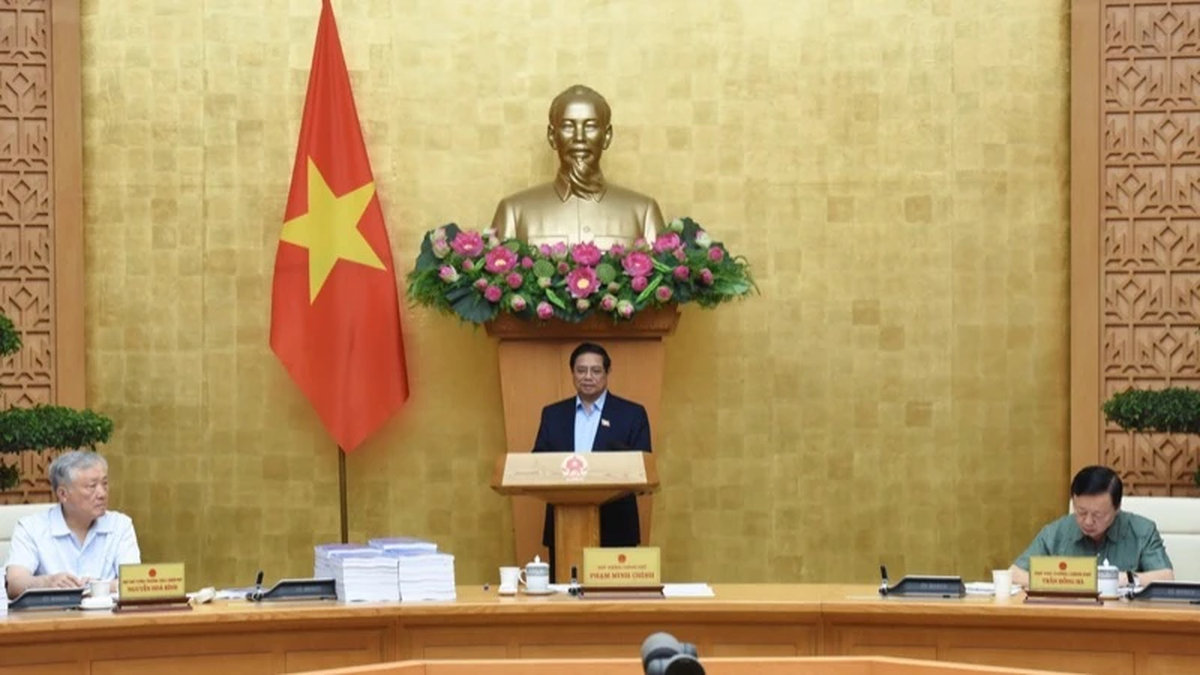
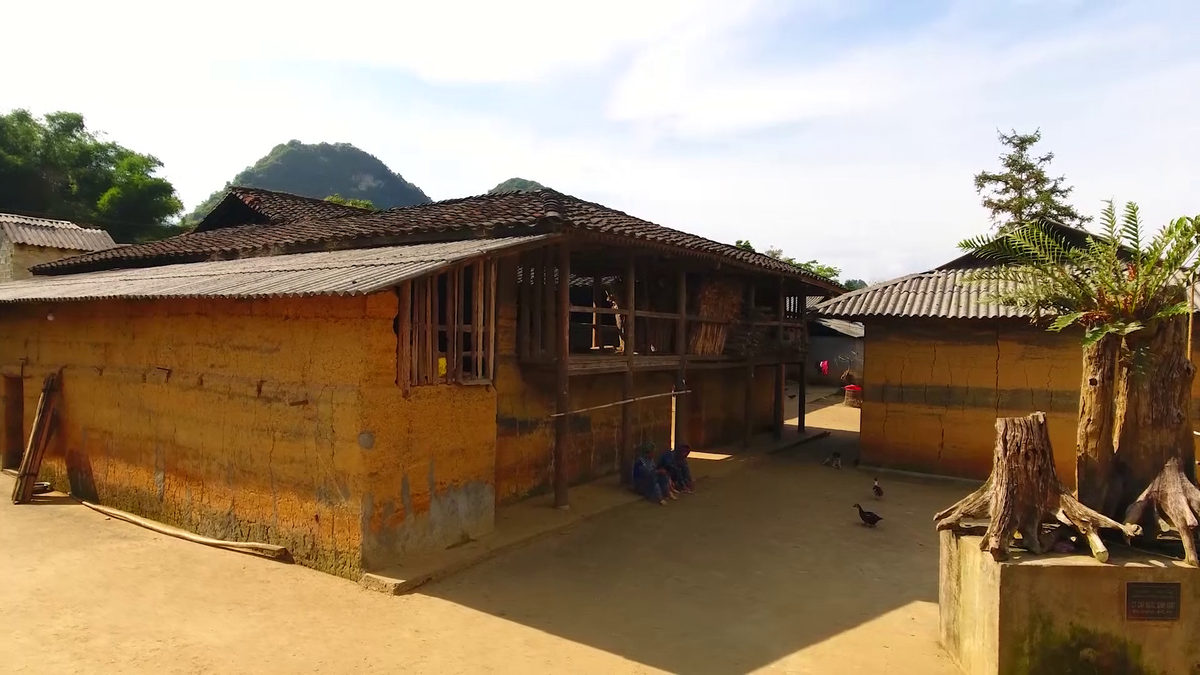
![[Photo] Magical moment of double five-colored clouds on Ba Den mountain on the day of the Buddha's relic procession](https://vphoto.vietnam.vn/thumb/1200x675/vietnam/resource/IMAGE/2025/5/9/7a710556965c413397f9e38ac9708d2f)
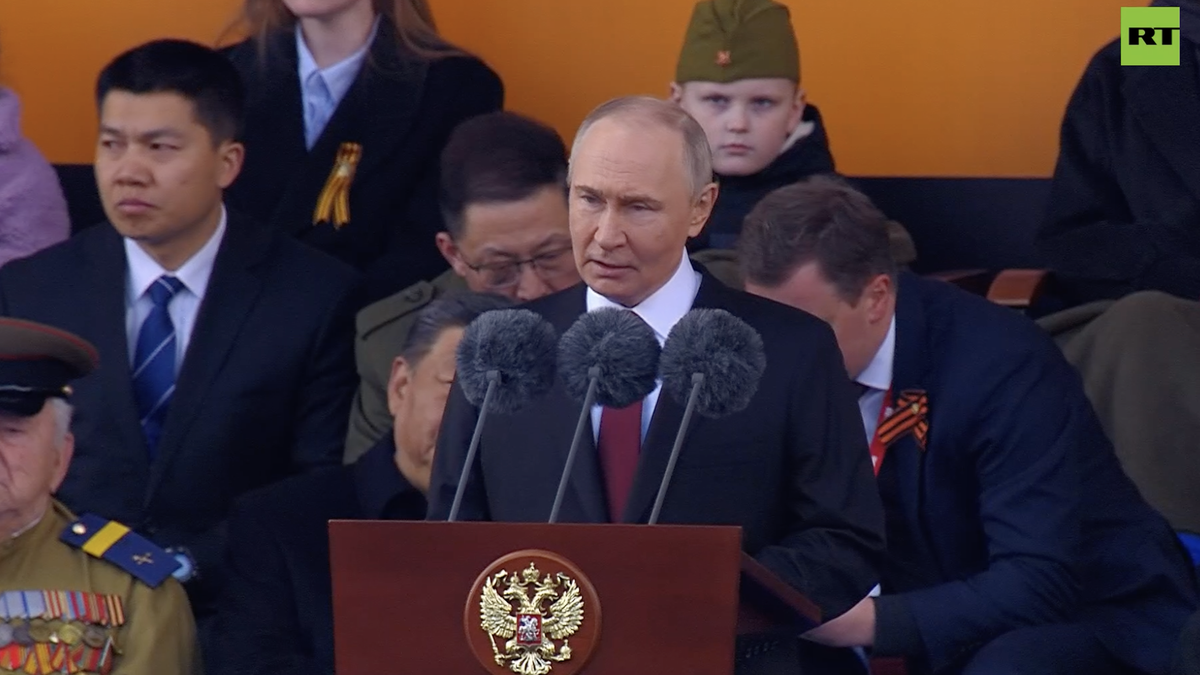



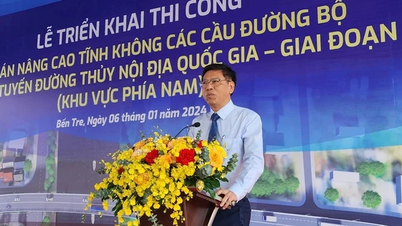

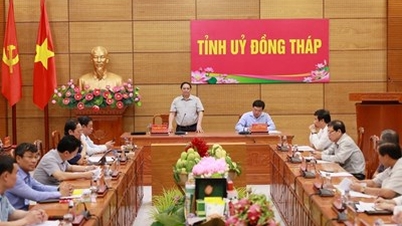
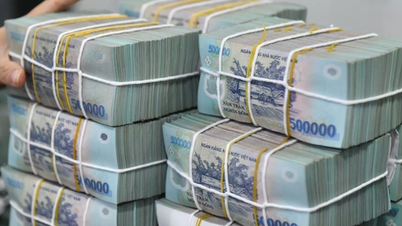
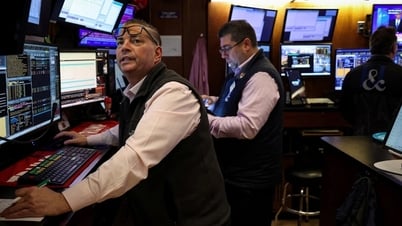
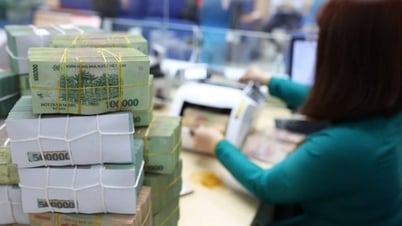
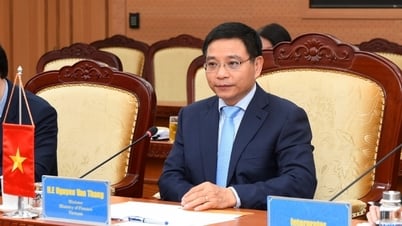
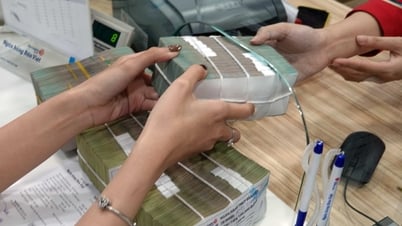
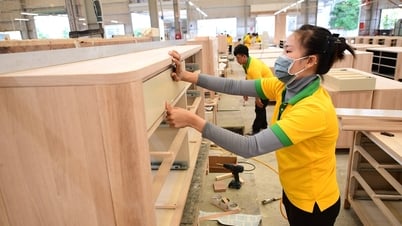




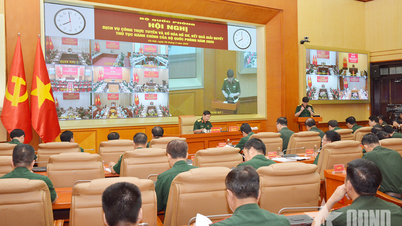
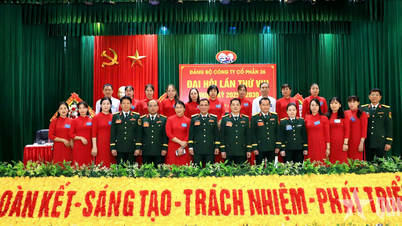
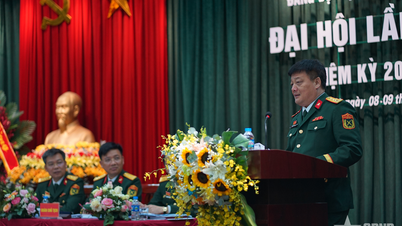
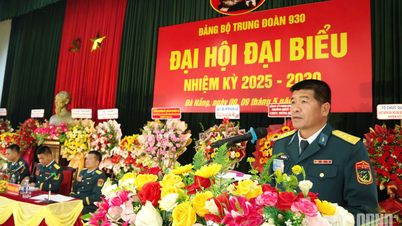
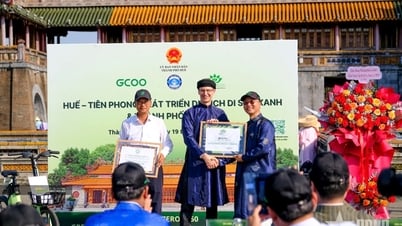
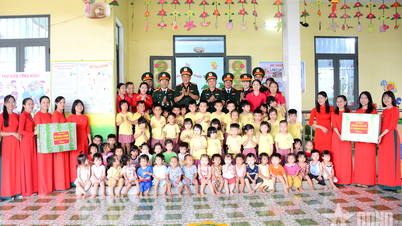
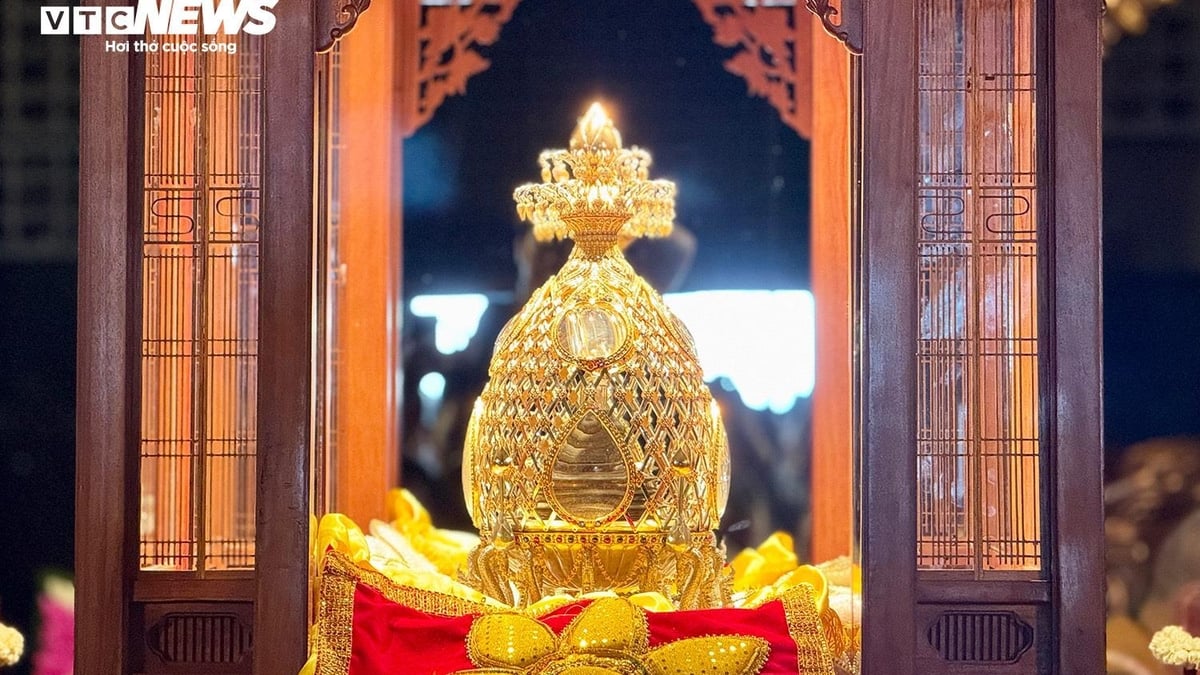
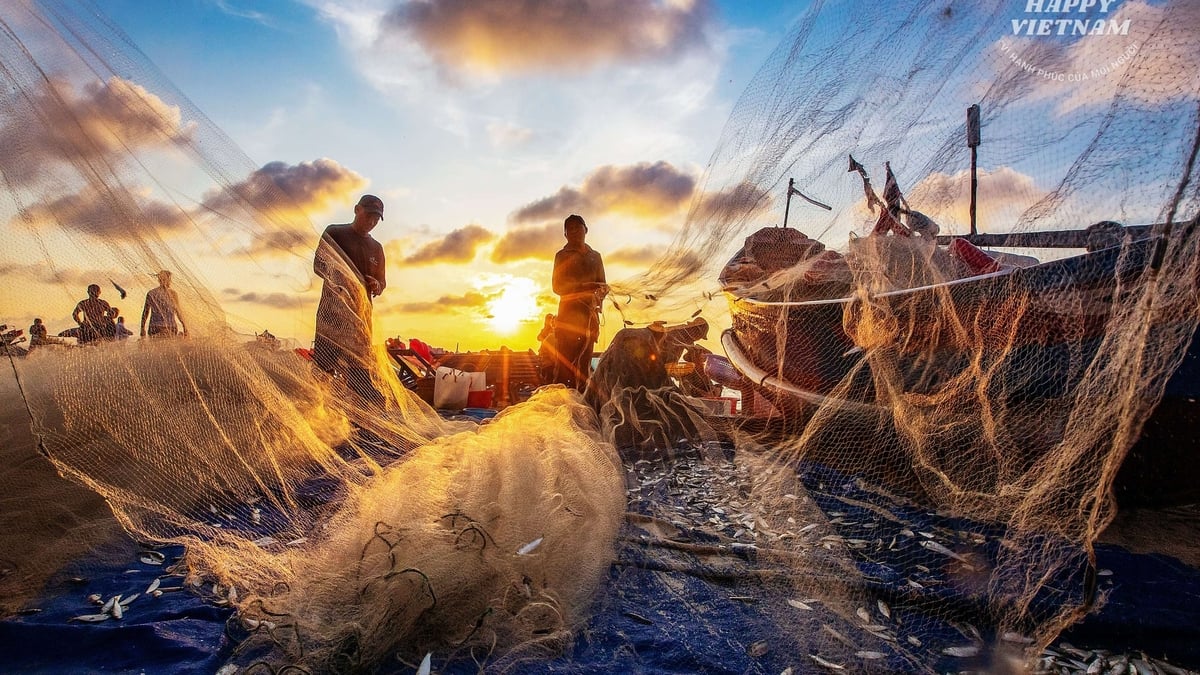
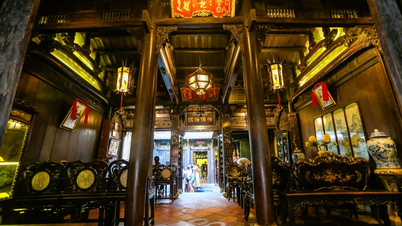

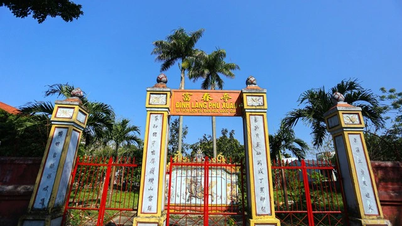
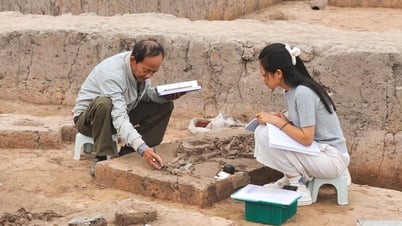


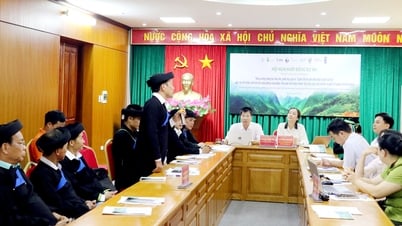



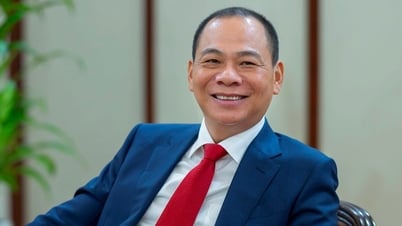

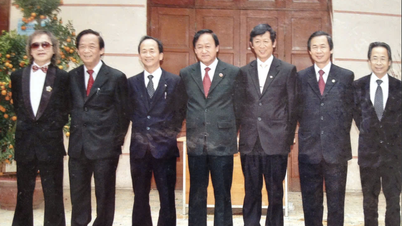


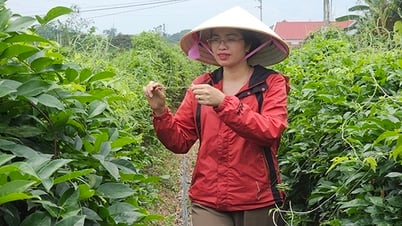














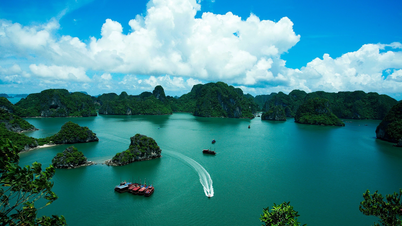
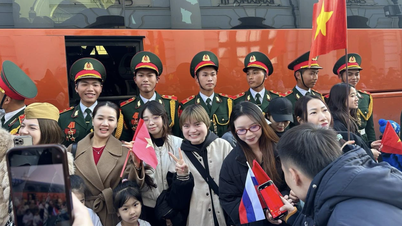
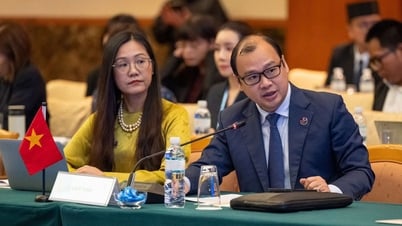

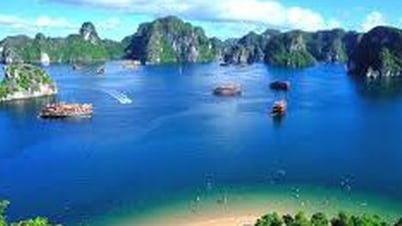

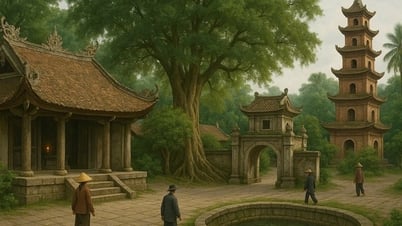
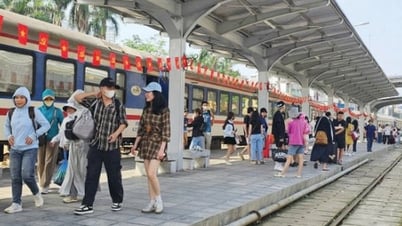
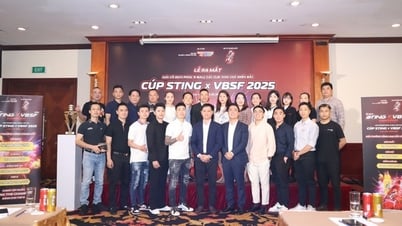
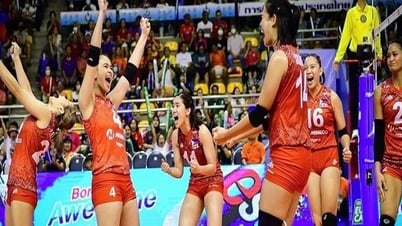
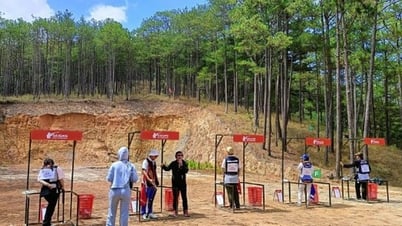
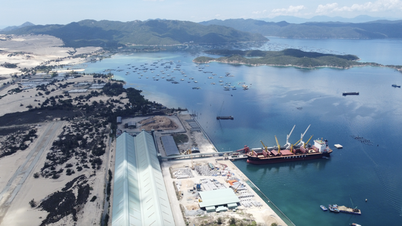

![[LIVE] MILITARY PARLAY TO CELEBRATE THE 80TH ANNIVERSARY OF VICTORY IN THE WORLD PATRIOTIC WAR](https://vphoto.vietnam.vn/thumb/402x226/vietnam/resource/IMAGE/2025/5/9/cc9a3d18f01946a78a1f1e7c35ed8b31)

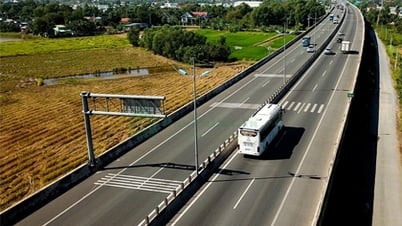

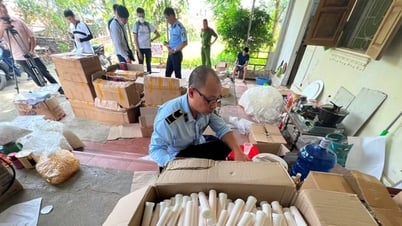

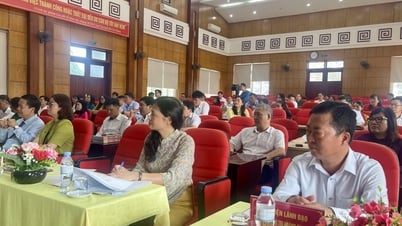

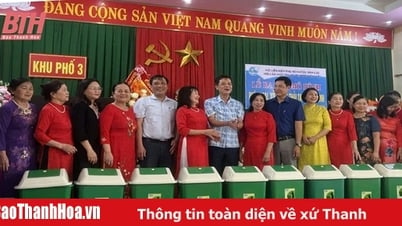










Comment (0)